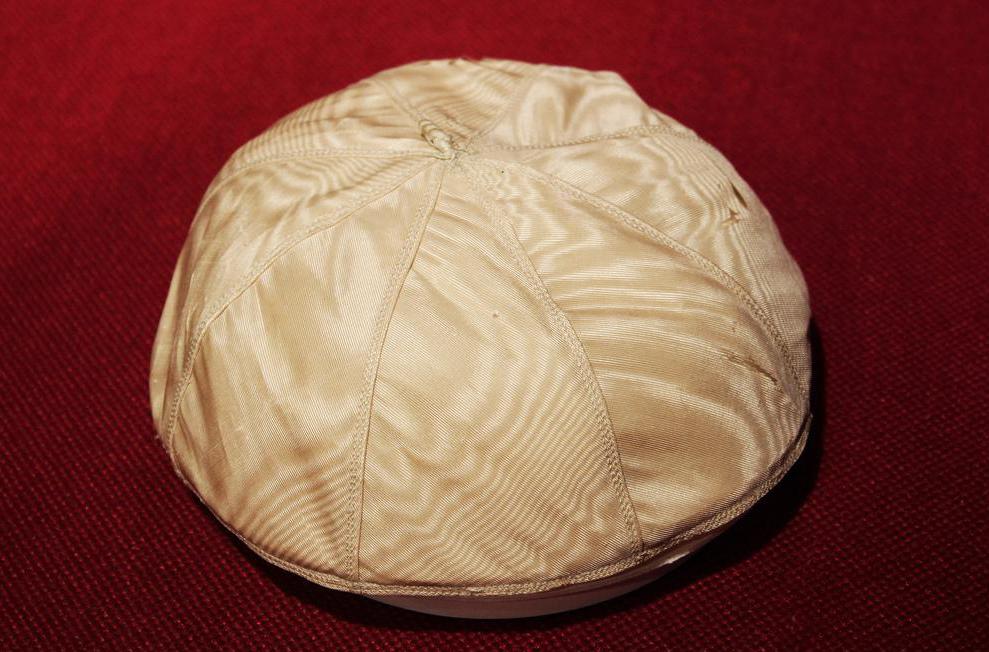At WiseGEEK, we're committed to delivering accurate, trustworthy information. Our expert-authored content is rigorously fact-checked and sourced from credible authorities. Discover how we uphold the highest standards in providing you with reliable knowledge.
What is a Biretta?
A biretta is a square cap with three or four pointed ridges, often adorned with a pom or tassel at the top center. It is worn as a ceremonial hat by Catholic clerics of many ranks, from cardinal down to seminarian. Other Christian denominations have adopted the cap as part of the clerical wardrobe, including Anglicans and — more rarely — Lutherans.
In the Catholic Church, the color of the biretta signifies the wearer’s rank. Cardinals wear red birettas, bishops wear purple, and priests, deacons and seminarians wear black. The red biretta given to cardinals is often called a zucchetto. White is the designated color for the pope, who rarely — if ever — dons this particular kind of hat. Clergy may wear the biretta during processions or while seated during Mass.

The hat’s use by priests, however, is limited; it may be worn as the priest walks toward the altar but rarely is worn during Mass. Priests traditionally wore the biretta during High Masses, more elaborate ceremonies that included singing and the participation of deacons and sub-deacons. The Catholic Church no longer classifies Masses as either High or Low, defining “Mass” simply as a celebration with the church’s congregation. Modern Catholics sometimes use the term “High Mass” to describe special, more solemn occasions.

The biretta similar to that seen today likely first appeared in the 16th century, having gradually evolved from earlier ecclesiastical garb. Centuries ago, the biretta was simply a cap similar to the pileus, a skullcap worn by the Catholic clergy. The pileus itself dates to antiquity. The cap was worn under larger hats for a simple reason — protection against the cold. Given its practical benefit, church clerks and secular officials began to wear the early biretta in the 14th and 15th centuries. The hat also found favor in academia, and although it has evolved into the flat hat and other styles, it still is sometimes referred to as a biretta.
In 16th-century Europe, high-ranking members of society wore birettas to show both their status and their right to employ their own armed guards. After the formation of the Church of England, clergy members still wore birettas in the same manner as their estranged Catholic counterparts. In modern times, high-ranking members of the Anglican and Episcopal clergy still wear birettas, and even lower-ranking clergy members sometimes don them as well.
The word biretta is Italian, although it likely evolved from the Medieval Latin word "birrettum." This word literally means hooded cloak. The first part of the word comes from “byrrus,” an earlier Latin word that might have been appropriated from an ancient Celtic language.
AS FEATURED ON:
AS FEATURED ON:












Discuss this Article
Post your comments